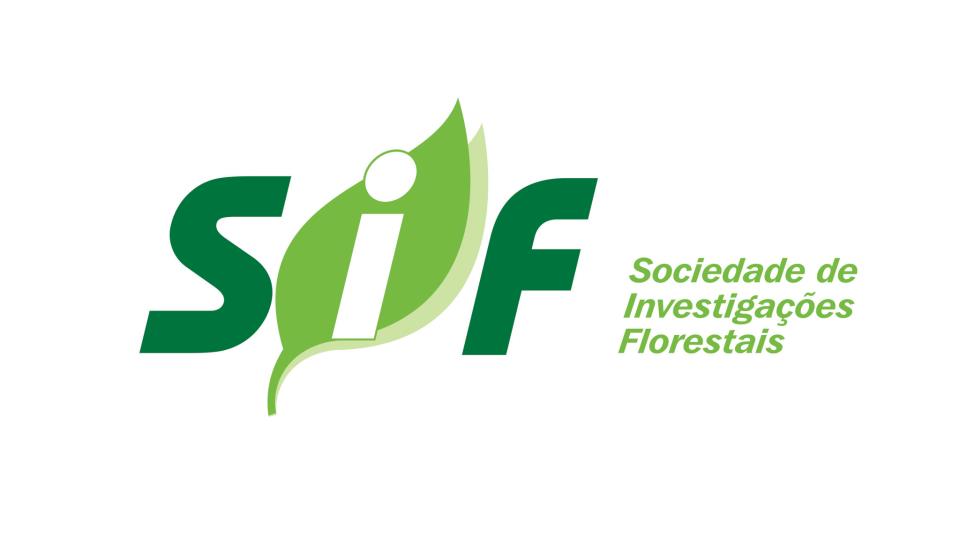Biblioteca Florestal
Digital
Digital
Avaliação qualitativa da água de nascentes com diferentes usos do solo em seu entorno

- Página inicial
- →
- Biblioteca Florestal Digital
- →
- Periódicos
- →
- Cerne
- →
- Cerne - v.18, n.3, 2012
- →
- Ver item
JavaScript is disabled for your browser. Some features of this site may not work without it.
| dc.contributor.author | Pinto, Lilian Vilela Andrade | |
| dc.contributor.author | Roma, Talita Nazareth de | |
| dc.contributor.author | Balieiro, Kátia Regina de Carvalho | |
| dc.date.accessioned | 2015-09-17T19:50:11Z | |
| dc.date.available | 2015-09-17T19:50:11Z | |
| dc.date.issued | 2012-07 | |
| dc.identifier.citation | PINTO, L. V. A.; ROMA, T. N.; BALIEIRO, K. R. C. Avaliação qualitativa da água de nascentes com diferentes usos do solo em seu entorno. Cerne, Lavras, v. 18, n. 3, p. 495-505, jul./set. 2012. | pt_BR |
| dc.identifier.issn | 0104-7760 | |
| dc.identifier.uri | http://www.bibliotecaflorestal.ufv.br:80/handle/123456789/15196 | |
| dc.description.abstract | Alguns fatores são responsabilizados pela degradação da qualidade da água dos mananciais. Neste trabalho, objetivou-se avaliar o impacto de diferentes usos do solo sobre as propriedades físicas, químicas e biológicas da água de cinco nascentes situadas em Inconfidentes/MG. Os resultados revelaram que a nascente parcialmente protegida por vegetação nativa apresentou qualidade superior da água quanto aos parâmetros cor, turbidez, demanda bioquímica de oxigênio (DBO 5 ), fosfato total, nitrato, oxigênio dissolvido (OD), coliformes totais e coliformes termotolerantes. As causas dos impactos negativos na qualidade das águas colocando em risco o meio ambiente e a saúde humana foram a falta de práticas agrícolas conservacionistas, favorecendo o assoreamento das nascentes; a ausência de cercas no entorno de algumas nascentes, propiciando contaminação da água pelo acesso de animais; a ausência de esgotamento sanitário nas residências rurais e; o abuso de fertilizantes químicos nas lavouras. | pt_BR |
| dc.description.abstract | Several factors are known to be responsible for the degradation of water quality in our Planet’s spring sources. The goal of this study was to evaluate the impact of different anthropogenic activities on physico-chemical and biological properties of five spring water located in Inconfidentes, Minas Gerais State, Brazil. Analytical results have demonstrated that water source protected by native vegetation had the highest quality in terms of color, turbidity, biological oxygen demand (BOD5), total phosphate, nitrate, dissolved oxygen (DO), fecal coliforms and thermo-tolerant coliforms. On the other hand, the water quality was negatively impacted by the lack of adequate agricultural practices, such as the use of chemical inputs, the nonexistence of fenced livestock grazing areas and residential sewage system which are considered to be indispensable practices to minimize the environmental impact of anthropogenic activities and to protect human health. | pt_BR |
| dc.format | 11 páginas | pt_BR |
| dc.language.iso | pt_BR | pt_BR |
| dc.publisher | Universidade Federal de Lavras | pt_BR |
| dc.relation.ispartofseries | Cerne:v.18,n.3; | |
| dc.subject.classification | Ciências Florestais::Meio ambiente::Avaliação de impactos ambientais | pt_BR |
| dc.subject.classification | Ciências Florestais::Meio ambiente::Hidrologia florestal | pt_BR |
| dc.title | Avaliação qualitativa da água de nascentes com diferentes usos do solo em seu entorno | pt_BR |
| dc.title | The effect of different soil uses on the quality of spring water | pt_BR |
| dc.type | Artigo | pt_BR |
Arquivos deste item
| Arquivos | Tamanho | Formato | Visualização | |
|---|---|---|---|---|
| Cerne_v18_n3_p495-505_2012.pdf | 773.7Kb |

|
Visualizar/ |
|





